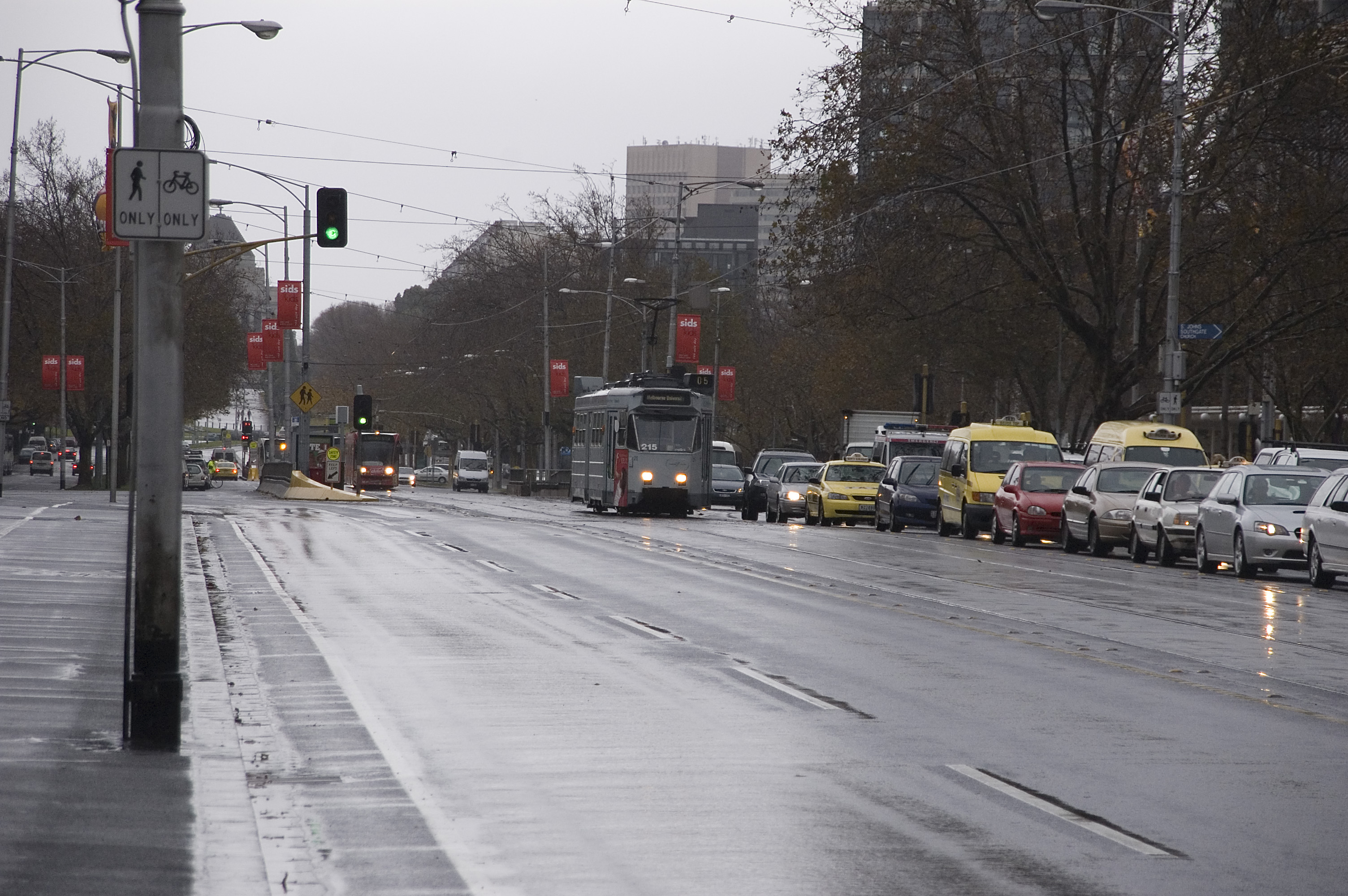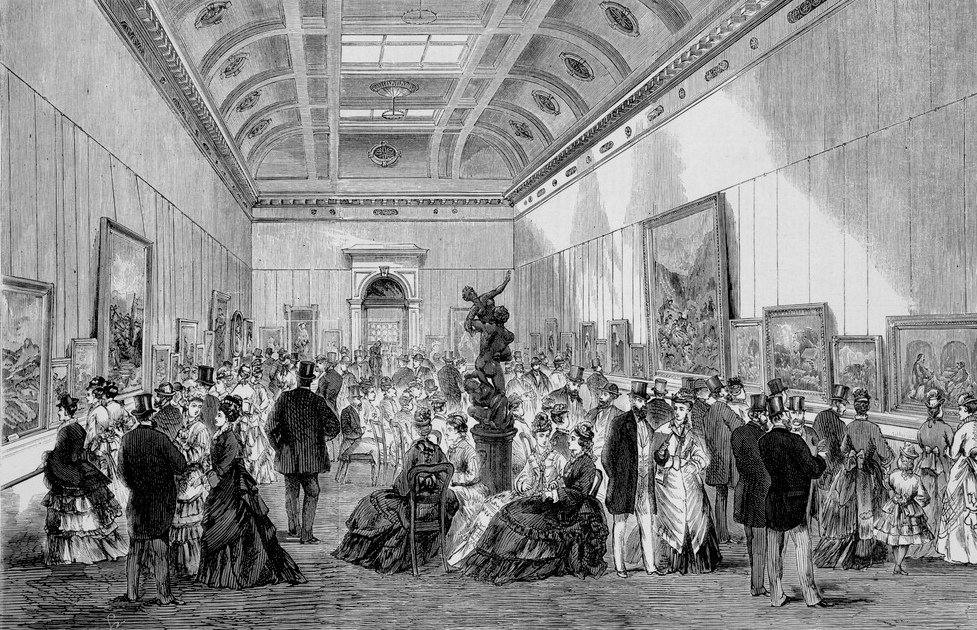|
Melbourne Museum
The Melbourne Museum is a natural and cultural history museum located in the Carlton Gardens, Melbourne, Carlton Gardens in Melbourne, Australia. Located adjacent to the Royal Exhibition Building, the museum was opened in 2000 as a project of the Government of Victoria, on behalf of Museums Victoria which administers the venue. The museum won Best Tourist Attraction at the Australian Tourism Awards in 2011. In addition to its galleries, the museum features spaces such as ''Curious?'', which is a place to meet staff and find answers relating to the collections, research, and behind-the-scenes work of Museums Victoria; as well as a cafe and a gift shop. The back-of-house area houses some of the Victoria's State Collections, which holds over 17 million items, including objects relating to Indigenous Australian and Pacific Islander cultures, geology, historical studies, palaeontology, technology and society, and zoology, as well as a library collection that holds 18th and 19th cent ... [...More Info...] [...Related Items...] OR: [Wikipedia] [Google] [Baidu] |
Carlton Gardens, Melbourne
The Carlton Gardens is a World Heritage Site located on the northeastern edge of the Central Business District in the suburb of Carlton, in Melbourne, Australia. A popular picnic and barbecue area, the heritage-listed Carlton Gardens are home to an array of wildlife, including brushtail possums. The site contains the Royal Exhibition Building, Melbourne Museum and Imax Cinema, tennis courts and an award-winning children's playground. The rectangular site is bound by Victoria Street, Rathdowne Street, Carlton Street, and Nicholson Street. From the Exhibition building the gardens gently slope down to the southwest and northeast. According to the World Heritage listing the Royal Exhibition Buildings and Carlton Gardens are "of historical, architectural, aesthetic, social and scientific (botanical) significance to the State of Victoria." The gardens are an example of Victorian landscape design with sweeping lawns and varied European and Australian tree plantings consisting of dec ... [...More Info...] [...Related Items...] OR: [Wikipedia] [Google] [Baidu] |
Display Of Animals In McCoy Hall, National Museum, Melbourne
Display may refer to: Technology * Display device, output device for presenting information, including: ** Cathode ray tube, video display that provides a quality picture, but can be very heavy and deep ** Electronic visual display, output device to present information for visual or tactile reception *** Flat-panel display, video display that is much lighter and thinner than deeper, usually older types **** Liquid-crystal display (LCD), displays that use liquid crystals to form images ***** Liquid crystal display television (LCD TV), color TVs that use an LCD to form images **** Light-emitting diode (LED), emitting light when electrically charged, producing electroluminescence *** Stereo display, a display device able to convey image depth to a viewer **** Volumetric display, forms a visual representation of an object in three physical dimensions ** Refreshable braille display, electromechanical device to display braille characters ** Split-flap display, electromechanical alphanu ... [...More Info...] [...Related Items...] OR: [Wikipedia] [Google] [Baidu] |
Norman Lacy
Norman Henry Lacy (born 25 October 1941) is a former Australian politician, who was a Victorian Government Minister from May 1979 to April 1982 who grew up in Richmond, Victoria and three times represented his state at national under age basketball championships. He completed university degrees in theology, sociology and management science and had a diverse career that included periods as an apprenticed plumber, an Anglican priest, a liberal parliamentarian, a management educator and an information technology industry executive. He was President of ''Self Employed Australia'' (formerly '' Independent Contractors Australia'') from 2008 until 2018. He is retired and lives in Wye River, Victoria. As Minister for the Arts from 1979-82 Norman Lacy was responsible for the construction of the ''Victorian Arts Centre'' (and the design of its management structure); the establishment of the ''Australian Children's Television Foundation''; the creation of '' Film Victoria'' and the reconst ... [...More Info...] [...Related Items...] OR: [Wikipedia] [Google] [Baidu] |
Rupert Hamer
Sir Rupert James Hamer, (29 July 1916 – 23 March 2004), generally known until he was knighted in 1982 as Dick Hamer, was an Australian Liberal Party politician who served as the 39th Premier of Victoria from 1972 to 1981. Early years Hamer was born in Melbourne to Elizabeth Anne McLuckie and Hubert Hamer, a solicitor. His three siblings all achieved success in their fields: his sister was Alison Patrick (1921–2009), an internationally known historian of the French Revolution; his brothers were David Hamer (1923–2002), a federal Liberal politician, and Alan, a Rhodes Scholar, chemist and managing director of ICI Australia. Hamer was educated at Melbourne Grammar School and Geelong Grammar School and graduated in law from the University of Melbourne, where he was resident at Trinity College from 1936. He was a member, with his brother Alan, of the College First XVIII Australian Rules football team, and was Secretary of the Student Club. He joined the Melbourne University ... [...More Info...] [...Related Items...] OR: [Wikipedia] [Google] [Baidu] |
St Kilda Road
St Kilda Road is a street in Melbourne, Victoria, Australia. It is part of the locality of Melbourne which has the postcode of 3004, and along with Swanston Street forms a major spine of the city. St Kilda Road begins at Flinders Street, in the central business district and crosses Princes Bridge, which spans the Yarra River and connects the central business district of Melbourne with the suburb of St Kilda, ending at Carlisle Street, St Kilda. The road continues as Brighton Road, which becomes the Nepean Highway, forming a major arterial connecting the bayside suburbs and Mornington Peninsula to the city. The east side of the road to High Street, Prahran is in the municipality of the City of Melbourne while the west side of the road from Dorcas Street, and the east side south of High Street, is in the municipality of the City of Port Phillip. The road was the location of many institutions dotted along its length, and was famed for being lined with elegant mansions until t ... [...More Info...] [...Related Items...] OR: [Wikipedia] [Google] [Baidu] |
National Gallery Of Victoria
The National Gallery of Victoria, popularly known as the NGV, is an art museum in Melbourne, Victoria, Australia. Founded in 1861, it is Australia's oldest and most visited art museum. The NGV houses an encyclopedic art collection across two sites: NGV International, located on St Kilda Road in the Melbourne Arts Precinct of Southbank, and the Ian Potter Centre: NGV Australia, located nearby at Federation Square. The NGV International building, designed by Sir Roy Grounds, opened in 1968, and was redeveloped by Mario Bellini before reopening in 2003. It houses the gallery's international art collection and is on the Victorian Heritage Register. The Ian Potter Centre: NGV Australia, designed by Lab Architecture Studio, opened in 2002 and houses the gallery's Australian art collection. A third site, The Fox: NGV Contemporary, is planned to open in 2028, and will be Australia's largest contemporary gallery. History 19th century In 1850, the Port Phillip District of New S ... [...More Info...] [...Related Items...] OR: [Wikipedia] [Google] [Baidu] |
Melbourne Central Railway Station
Melbourne Central railway station is an underground station on the List of Melbourne railway stations, electrified railway network in Melbourne, Australia.Melbourne Central Vicsig It is one of five stations (and one of three underground) on the City Loop, which encircles the Melbourne central business district, Melbourne CBD. The station is located under La Trobe Street, between Swanston Street, Swanston and Elizabeth Street, Melbourne, Elizabeth Streets, on the northern edge of the central business district (CBD). The station is named after the Melbourne Central Shopping Centre, which it is beneath. It feeds into Melbourne's main metro network station, Flinders Street railway station, Flinders Street, and also Southern Cross railway station, Southern Cross, Melbourne's main regional terminus. In 201 ... [...More Info...] [...Related Items...] OR: [Wikipedia] [Google] [Baidu] |



